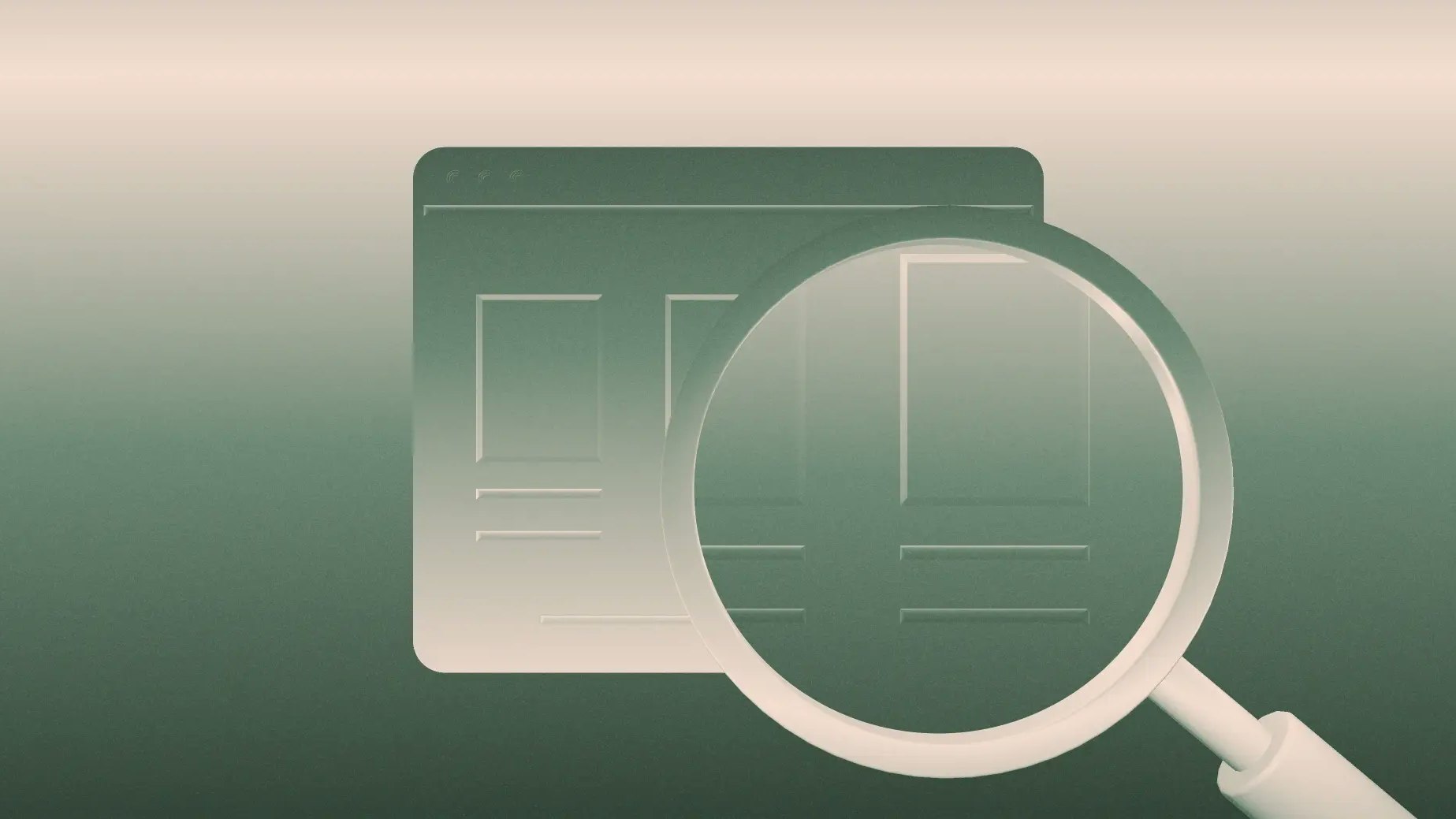How to build a product roadmap

Former product manager turned content marketer and journalist.
If you put a paper map in front of five people and say, “Get from point A to point B,” it wouldn’t be strange to end up with five people taking five different routes. Even with the same destination in mind, they have different ideas about the best way to get there.
The same can be true of a product. Your startup has an overall product vision (the destination), but building the product and adding features could take many routes.
As a builder, you’ll usually have a never-ending list of features you plan to add at some point — it’s the nature of any product. Prioritizing those features and knowing when to dedicate the time and resources to them can significantly impact your product’s success. A clear strategy for building a product roadmap will put your team’s resources to better use and increase the likelihood of delighting your customers.
What is a product roadmap?
A product roadmap is a document that outlines the product direction, priorities, and progress of a product over time. It might be divided into different initiatives or projects, each assigned to resources and a timeframe. It’s the GPS version of a map, offering turn-by-turn directions to the final destination.
Most importantly, the product roadmap should align with the overall product vision and business goals. Everything on the product roadmap, from large projects to small features, should have a “why.” Why this change? Why now? How does this move the product forward?
If you keep the company’s vision for the product at the forefront, you’ll know how each project and feature on the product roadmap ultimately solves different customer problems.
Why is it important to create a product roadmap?
A product roadmap gets everyone on the same page. Creating a product roadmap should be a collaborative effort between executives and product teams, maybe with some input from sales and customer success. The goal should be to gain consensus about the product’s direction, at least in the near term.
Within the overall direction, a product roadmap outlines specific steps along the way. Sometimes, projects simply aren’t feasible due to time or resource constraints, which becomes obvious when they’re plotted onto a product roadmap. The stakeholders should agree to prioritize projects or features and the order in which they’ll be addressed.
Product roadmaps can also identify gaps. Larger projects may have dependencies, like adding a smaller feature or building an integration first. Or, it might become evident that one product area is receiving much attention while another won’t receive many feature updates. That strategy might be fine if the team decides it’s what’s best for the product.
How to build your product roadmap
Your product roadmap might be built in a sophisticated project management tool or it might be a simple gant chart in a spreadsheet — either way, it should be documented somewhere. It becomes the source of truth that everyone can refer to internally.
Someone has to take responsibility for compiling the product roadmap, even though multiple people will be involved in it’s final approval. A product manager or product owner can oversee this process and take the product roadmap from a draft to a final version.
Once you’ve got the project driver in place and know how you’re going to build your roadmap, here’s how to go about the actual process:
Review product ideas
You’ll start by outlining the big-picture goals for the product, which are usually major projects or feature requests. Some will be more urgent than others, and some will be more resource-intensive.
You’ll identify the highest priority ideas and pull them onto a draft version of your product roadmap. The ideas should be categorized by the area of the product, or overall business goal they meet, or both. For example, let’s say your product is an HR solution for small businesses and you want to add an employee performance review feature. You want to identify how that fits into the existing product and how it will meet the needs of small businesses.
Pro tip:
Reviewing product ideas is a great time to scrap ideas that don’t make sense. Great ideas may not align with overall business goals or may be too resource-intensive for your startup. Rather than keep the ideas on a “someday” list, you can prune your backlog as you review it, which helps keep the team as focused as possible.
Put projects and features on a timeline
Once you have your list of ideas, you’ll identify the resources involved and how long the project will take. It’s really important to outline the scope of a project: what you will be building and (of equal importance), what you won’t be building. Work with your product and engineering team to get an estimate of the resources involved.
At this point, you may realize that some projects are more involved than originally thought. If that’s the case, you may go back to the first step and re-think your product ideas or reduce the scope. You may also discover small windows of time when a resource may be available between projects and could work on a smaller feature request.
When creating a timeline for your product roadmap, you should plan out far enough so you know the product’s direction but not too far because priorities can change. Ideally, you’ll plan for the next several product releases. More mature products or larger projects may have 12-18 months of planning on the product roadmap.
Get buy-in from stakeholders
After you’ve established the projects, timeline, and resources, you need buy-in from all stakeholders. Decision-makers from the executive and product teams should review the proposed product roadmap and sign off on its direction.
The product owner or product manager who compiled the product roadmap may need to explain why decisions were made, such as choosing one project over another. In some cases, two projects are equally important, and the stakeholders must agree on which should be addressed before the other.
During this step, projects and resources may shift around on the product roadmap. But the end result is a solidified roadmap for the upcoming releases. At that point, the roadmap is handed over to the product team to begin working on the new projects and features.
Develop a system for review
Your product roadmap will constantly change as projects wrap up and new product ideas appear on your radar. You’ll finish the current release and need to start planning for the next.
The product roadmap should be reviewed regularly to make sure no changes need to be made — or if they do, then to make sure that you’re adding and removing projects as needed. You may hire a new resource that changes your development team's bandwidth so you can add additional projects to the product roadmap. Or a project took longer than expected, and the timeline needs to be adjusted.
Depending on the size of your product team, you may break up your review process into larger and smaller reviews. A larger review (such as quarterly) can outline the product roadmap for upcoming quarters, and a smaller review can make timeline tweaks based on resources and completed projects.
Managing changes in the product roadmap
Even the best-laid plans can be thrown for a loop by forces outside of your control. You may work in a regulated industry and need to address compliance-related issues. Or a vendor or partner changes an integration and you need to address it in your product. Customers report a bug in the product.
The only expected part of product development is that the unexpected will always happen. Product roadmaps are never set in stone and it’s hard to build in the appropriate amount of wiggle room. The best you can do is re-prioritize your roadmap as things come up and tackle your critical projects as soon as possible.
About the author
Anna Burgess Yang is a former product manager turned content marketer and journalist. As a niche writer, she focuses on fintech and product-led content. She is also obsessed with tools and automation.
Related reads

How AI is influencing early roles at startups

Should you launch on eBay? A viability checklist by product category

The 8 most common inventory mistakes (and how to fix them)
